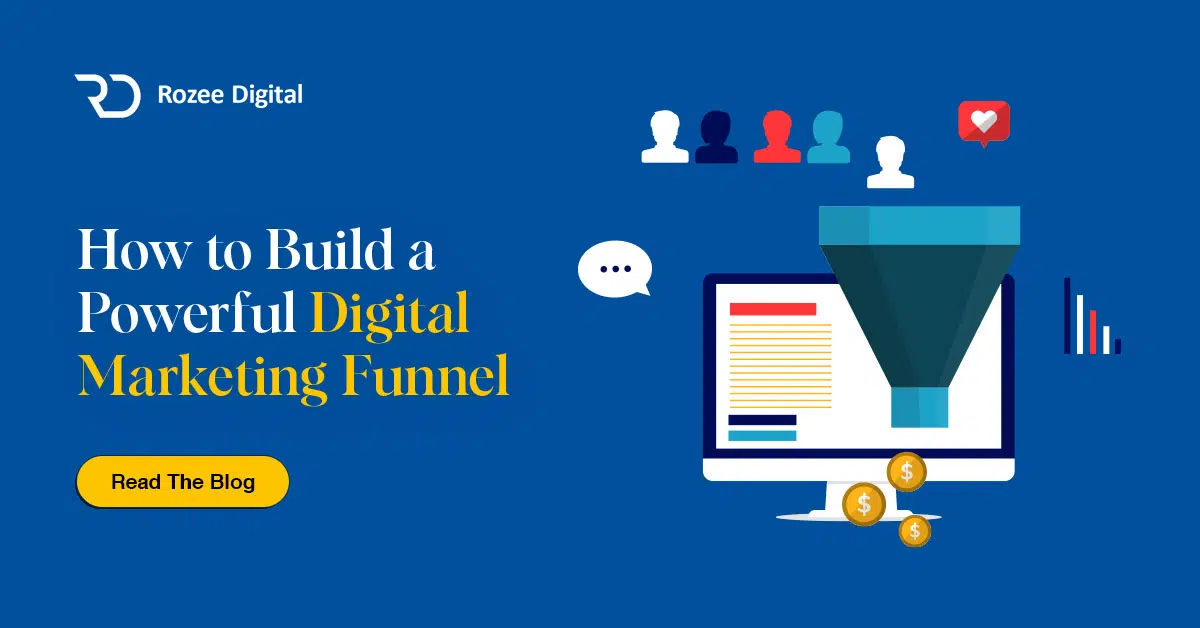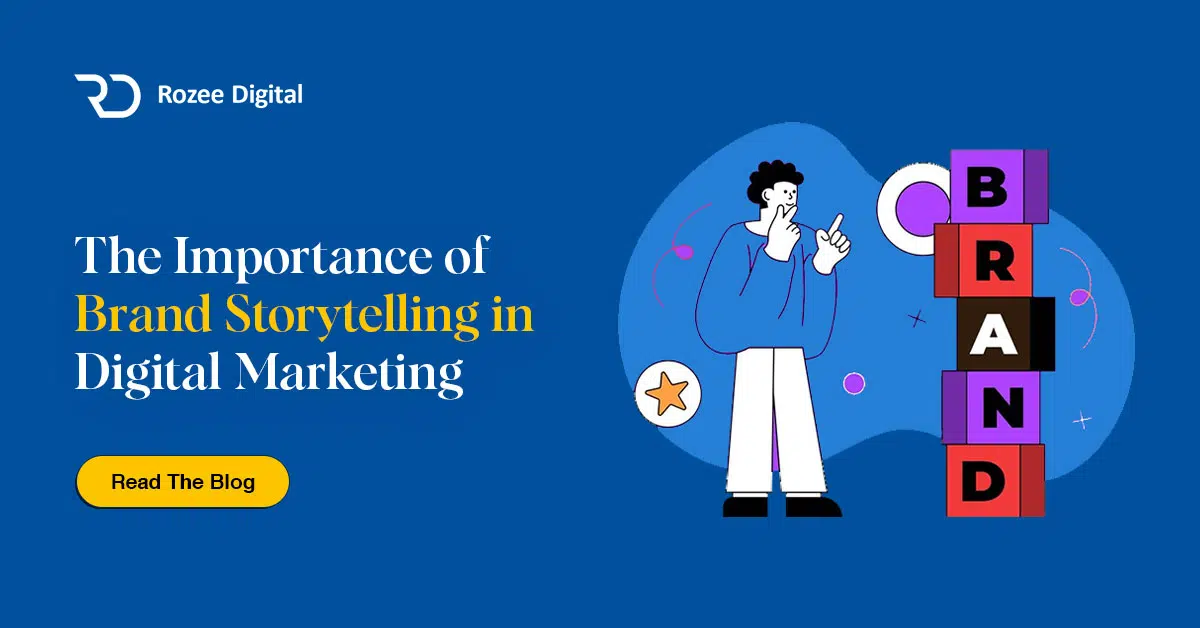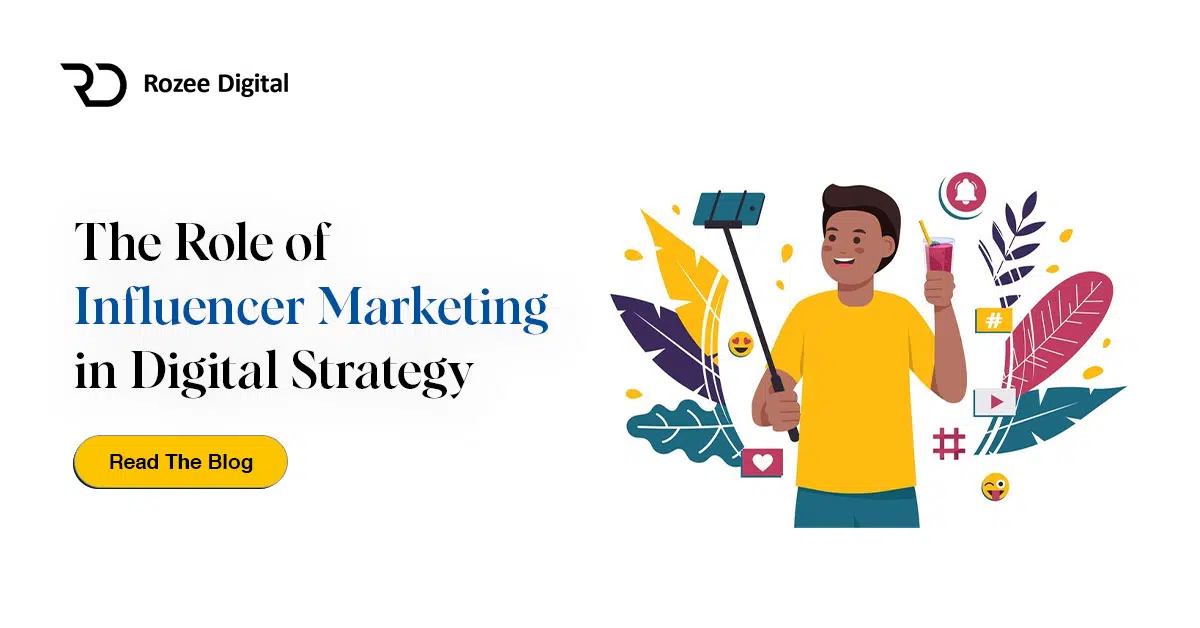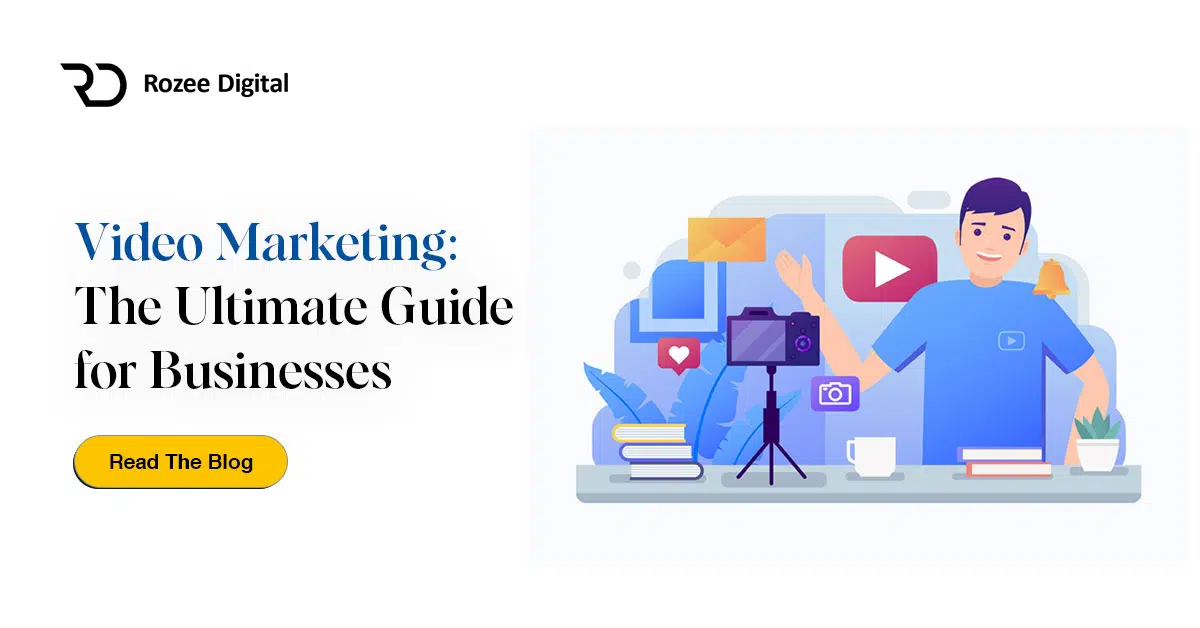Customer Acquisition Costs (CAC) Explained
Understanding Customer Acquisition Costs (CAC) is essential for any ecommerce business looking to grow and succeed. In this section, we will explore what customer acquisition cost is and why it is important in the context of ecommerce.
What is Customer Acquisition Cost?
Customer Acquisition Cost (CAC) refers to the total cost incurred by a business to acquire a new customer. It encompasses all the marketing and sales expenses associated with attracting and converting a prospect into a paying customer. These expenses can include advertising costs, marketing campaigns, sales team salaries, and any other costs directly related to customer acquisition.
To calculate the CAC, businesses divide the total acquisition costs by the number of new customers acquired within a specific period. This provides a clear measure of how much it costs to gain each new customer.
Importance of Understanding CAC in Ecommerce
Understanding and monitoring CAC is crucial for several reasons. Firstly, it helps businesses assess the effectiveness of their marketing and sales strategies. By knowing how much it costs to acquire a customer, companies can evaluate the return on investment (ROI) of their acquisition efforts. This information can guide decision-making when allocating resources and budgeting for future marketing campaigns.
Secondly, understanding CAC allows businesses to set realistic and profitable pricing strategies. By factoring in the customer acquisition costs, companies can determine the minimum revenue required from each customer to achieve profitability. This knowledge helps in setting competitive prices that cover acquisition costs while generating a healthy margin.
Lastly, analyzing CAC can provide insights into the efficiency of customer acquisition channels. By comparing the costs across different marketing channels, businesses can identify the most cost-effective channels and allocate their resources accordingly. This analysis can inform decisions on where to invest more marketing efforts and budget.
To calculate CAC accurately and effectively analyze the results, businesses should consider the components of CAC calculation, industry benchmarks, and key metrics to track. You can find more information on these aspects in our articles on customer acquisition cost formula, average customer acquisition cost, customer acquisition cost by industry, and customer acquisition cost metrics.
By understanding and actively managing CAC in ecommerce, businesses can make informed decisions to optimize their marketing strategies, improve profitability, and drive sustainable growth.
Calculating Customer Acquisition Costs
To effectively manage your customer acquisition efforts in ecommerce, it’s crucial to understand and calculate your Customer Acquisition Costs (CAC). By quantifying the amount of money spent to acquire a new customer, you can make informed decisions about your marketing strategies and budget allocation. In this section, we will explore the formula for calculating CAC and the components involved in the calculation.
Formula for Calculating CAC
The formula for calculating CAC is relatively straightforward:
CAC = Total Marketing and Sales Expenses / Number of New Customers Acquired
The total marketing and sales expenses include all costs associated with acquiring customers, such as advertising, marketing campaigns, sales team salaries, and any other expenses directly related to customer acquisition. The number of new customers acquired refers to the count of new customers gained within a specific period.
It’s important to note that the time period should be consistent when calculating CAC to ensure accurate comparisons and analysis.
Components of CAC Calculation
To calculate CAC accurately, the following components need to be considered:
- Marketing and Sales Expenses: This includes all costs associated with marketing and sales efforts aimed at acquiring new customers. It encompasses advertising costs, promotional campaigns, content creation, social media marketing, paid search, and any other expenses incurred in attracting potential customers.
- Number of New Customers Acquired: This refers to the count of new customers gained within a specific time frame. It’s essential to differentiate between new customers and existing customers to accurately determine the cost of acquiring new customers.
To gain a deeper understanding of customer acquisition costs and explore industry benchmarks and metrics, refer to our article on customer acquisition cost metrics. It provides valuable insights into average customer acquisition costs, customer acquisition costs by industry, and benchmarks that can help you gauge the effectiveness of your customer acquisition strategies.
By calculating your customer acquisition costs, you can make data-driven decisions to optimize your marketing budget, evaluate the effectiveness of your acquisition channels, and identify areas for improvement. Understanding the financial investment required to acquire customers is pivotal in building a successful ecommerce business.
Examples of Customer Acquisition Costs
Understanding customer acquisition costs (CAC) is essential for ecommerce businesses to make informed decisions about their marketing strategies. Here are some examples of common customer acquisition channels and the associated costs involved.
Paid Advertising
Paid advertising is a popular customer acquisition method that involves running ads on various platforms such as search engines, social media, and display networks. It allows businesses to reach a wider audience and drive targeted traffic to their websites.
The cost of paid advertising can vary depending on factors such as the platform, ad format, targeting options, and competition. It is typically measured using metrics like Cost Per Click (CPC), Cost Per Thousand Impressions (CPM), or Cost Per Action (CPA).
| Platform | Average CPC | Average CPM | Average CPA |
|---|---|---|---|
| Google Ads | $1-$2 | $10-$50 | $50-$100 |
| Facebook Ads | $0.50-$1 | $5-$10 | $20-$50 |
| Instagram Ads | $0.50-$1 | $5-$10 | $20-$50 |
Content Marketing
Content marketing involves creating and distributing valuable, relevant, and consistent content to attract and engage a target audience. It can include blog posts, videos, infographics, and more.
The cost of content marketing varies based on factors such as content creation, promotion, and distribution. Costs may include hiring content creators, graphic designers, and SEO specialists, as well as investing in content promotion through social media and email marketing.
Social Media Marketing
Social media marketing utilizes platforms like Facebook, Instagram, Twitter, and LinkedIn to connect with potential customers. It involves creating engaging content, running targeted ads, and interacting with followers.
The cost of social media marketing depends on factors such as ad spend, content creation, and social media management. Ad costs on social media platforms are similar to those of paid advertising, with variations based on targeting options and engagement objectives.
Referral Programs
Referral programs encourage existing customers to refer new customers to a business in exchange for incentives or rewards. This can include discounts, free products, or exclusive perks.
The cost of referral programs typically involves the cost of creating and managing the program, tracking referrals, and providing incentives to both the referrer and the new customer. The costs can vary depending on the structure and complexity of the program.
By analyzing the costs associated with different customer acquisition channels, ecommerce businesses can better allocate their marketing budgets and optimize their strategies to achieve the desired results. It’s important to continuously monitor and evaluate the effectiveness of these channels to ensure a positive return on investment. For more information on customer acquisition costs and related metrics, check out our article on customer acquisition cost metrics.
Factors Affecting Customer Acquisition Costs
When it comes to understanding and managing customer acquisition costs (CAC) in ecommerce, several factors come into play. These factors can significantly impact the overall cost of acquiring new customers. Let’s explore some of the key factors that influence CAC.
Target Audience and Market Competition
The target audience and market competition are crucial factors that affect customer acquisition costs. Understanding your target audience allows you to tailor your marketing efforts more effectively, reaching the right people with the right message. By identifying your target audience’s needs and preferences, you can optimize your marketing strategies and reduce unnecessary spending.
Market competition also plays a significant role in determining CAC. In highly competitive industries, acquiring new customers can be more challenging and expensive. Competitors vying for the same audience may drive up advertising costs, making it essential to develop unique value propositions and differentiate your brand from the competition. Analyzing your customer acquisition cost by industry can provide valuable insights into industry benchmarks and help you make informed decisions. For more information on industry-specific CAC benchmarks, check out our article on customer acquisition cost benchmarks.
Customer Lifetime Value (CLTV)
Customer Lifetime Value (CLTV) refers to the total value a customer brings to a business over their entire relationship with the company. Understanding CLTV is crucial because it helps determine how much you can spend on acquiring new customers while remaining profitable. Higher CLTV allows for more flexibility in customer acquisition spending.
By focusing on increasing customer retention, businesses can extend the customer lifetime value. Building strong relationships with existing customers through loyalty programs, personalized experiences, and exceptional customer service can lead to repeat purchases and long-term loyalty. For more information on customer retention strategies, refer to our article on customer retention strategies.
Customer Retention Strategies
Customer retention strategies are essential for optimizing customer acquisition costs. Acquiring new customers is generally more expensive than retaining existing ones. By implementing effective customer retention strategies, businesses can reduce the need for constant acquisition efforts, thereby lowering CAC.
Some common customer retention strategies include providing excellent customer service, offering loyalty programs, and engaging customers through personalized communications. By nurturing and maintaining relationships with existing customers, businesses can increase customer loyalty and encourage repeat purchases, ultimately lowering CAC.
Understanding the factors that influence customer acquisition costs is crucial for businesses to optimize their marketing strategies and budgets. By focusing on the target audience, managing market competition, maximizing customer lifetime value, and implementing effective customer retention strategies, businesses can work towards reducing CAC and increasing overall profitability.
Strategies for Optimizing Customer Acquisition Costs
When it comes to optimizing customer acquisition costs (CAC) in ecommerce, there are several strategies that businesses can implement. By focusing on improving conversion rates, increasing customer lifetime value (CLTV), and enhancing customer retention, businesses can effectively reduce their CAC and maximize their return on investment (ROI).
Improving Conversion Rates
Improving conversion rates is a key strategy for optimizing CAC. By increasing the percentage of website visitors who convert into customers, businesses can acquire more customers without significantly increasing their marketing spend. Here are a few strategies to improve conversion rates:
- Streamline the checkout process: Simplify the checkout process by minimizing the number of steps and reducing any unnecessary form fields. This can help reduce cart abandonment rates and improve customer conversion.
- Optimize product pages: Ensure that product pages are informative, visually appealing, and easy to navigate. Use high-quality images, compelling product descriptions, and customer reviews to build trust and encourage conversions.
- Implement remarketing campaigns: Set up remarketing campaigns to target users who have visited your website but did not complete a purchase. By showing personalized ads to these users, you can increase the likelihood of conversion.
Increasing Customer Lifetime Value
Increasing CLTV is another effective strategy for optimizing CAC. By maximizing the value that each customer brings to your business over their lifetime, you can offset the costs associated with acquiring new customers. Here are a few strategies to increase CLTV:
- Upselling and cross-selling: Encourage customers to purchase additional products or upgrade to higher-priced options through upselling and cross-selling techniques. This can increase the average order value and the overall lifetime value of the customer.
- Implement loyalty programs: Create loyalty programs that incentivize customers to make repeat purchases. Offer exclusive discounts, rewards, or early access to new products to encourage customer loyalty and increase CLTV.
- Provide exceptional customer service: Delivering exceptional customer service can help build strong relationships with customers, increasing the likelihood of repeat purchases and referrals. Aim to exceed customer expectations at every touchpoint.
Enhancing Customer Retention
Customer retention plays a vital role in optimizing CAC. By focusing on retaining existing customers, businesses can reduce the need for continuous customer acquisition efforts. Here are a few strategies to enhance customer retention:
- Personalize communication: Segment your customer base and personalize your communication to cater to their specific preferences and needs. Use email marketing, social media, and other channels to stay engaged with your customers and provide them with relevant offers and updates.
- Offer post-purchase support: Provide exceptional post-purchase support, such as order tracking, easy returns, and responsive customer service. By ensuring a positive post-purchase experience, you can increase customer satisfaction and loyalty.
- Implement customer feedback loops: Regularly collect feedback from customers to understand their needs and preferences better. Use this feedback to improve your products, services, and overall customer experience.
By implementing these strategies, businesses can optimize their CAC and achieve long-term success in ecommerce. It’s important to monitor and analyze key metrics to track the effectiveness of these strategies. For more information on customer acquisition costs and related metrics, refer to our article on customer acquisition cost metrics.
Monitoring and Evaluating Customer Acquisition Costs
Once you have calculated your Customer Acquisition Costs (CAC) and implemented strategies to optimize them, it’s crucial to continuously monitor and evaluate your CAC to ensure the effectiveness of your efforts. This involves tracking key metrics and conducting ongoing analysis to make informed adjustments as needed.
Key Metrics to Track CAC
To monitor and evaluate your CAC, there are several key metrics you should track:
- Average Customer Acquisition Cost: This metric provides an overall view of how much it costs to acquire a customer on average. It can be calculated by dividing the total amount spent on customer acquisition by the number of customers acquired during a specific period. For more information on calculating CAC, refer to our article on customer acquisition cost formula.
- Customer Acquisition Cost by Channel: It’s important to analyze the performance of different marketing channels in terms of customer acquisition. By tracking the CAC for each channel, you can identify which channels are most effective in bringing in customers and allocate your resources accordingly.
- Customer Acquisition Cost by Campaign: In addition to tracking CAC by channel, it’s beneficial to analyze the performance of individual marketing campaigns. This allows you to identify which campaigns are generating the most cost-effective customer acquisition and optimize your future campaigns based on these insights.
- Customer Acquisition Cost by Cohort: Analyzing CAC by customer cohorts can provide deeper insights into the long-term value of different customer segments. By comparing the CAC of different cohorts, you can identify which types of customers are more likely to generate higher returns on your investment.
For more information on these metrics and benchmarks for CAC in different industries, refer to our article on customer acquisition cost metrics.
Ongoing Analysis and Adjustments
Monitoring and evaluating your CAC is not a one-time task but an ongoing process. Here are some steps you can take to ensure effective analysis and make necessary adjustments:
- Regular Review: Set a schedule to review your CAC metrics on a regular basis. This could be monthly, quarterly, or based on your business needs. By consistently tracking these metrics, you can identify trends and patterns over time.
- Identify Discrepancies: Pay attention to any significant changes or discrepancies in your CAC metrics. A sudden increase in CAC could indicate the need for adjustments in your acquisition strategies or a shift in the market environment.
- Analyze Contributing Factors: Dig deeper into the contributing factors that may be affecting your CAC. This could include changes in marketing campaigns, shifts in target audience behavior, or fluctuations in market competition. Understanding these factors can help you make informed decisions about adjusting your acquisition strategies.
- Experiment and Optimize: Based on your analysis, experiment with different strategies and tactics to optimize your CAC. This could involve testing new marketing channels, refining your targeting methods, or improving your conversion processes. Keep track of the results and adjust your strategies accordingly.
By consistently monitoring and evaluating your CAC metrics, you can identify areas for improvement, optimize your customer acquisition efforts, and ultimately achieve a more cost-effective acquisition process in your ecommerce business.








